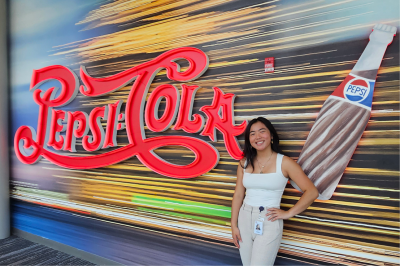
MD Ahasan Habib
Assistant Professor, Mechanical and Mechatronics Engineering Tech
MD Ahasan Habib
Assistant Professor, Mechanical and Mechatronics Engineering Tech
Bio
Dr. Habib achieved his Bachelor's, Master's, and Doctoral degrees in the field of Industrial and Manufacturing Engineering. His research revolves around digital intelligent manufacturing, particularly focusing on Additive Manufacturing (AM). He has put forth numerous methods to enhance the efficiency of resource usage within the AM technique using his industrial and manufacturing background. His primary interest lies in the application of this manufacturing approach to bio-manufacturing. To achieve the advanced manufacturing systems capable of producing large-scale functional tissue scaffolds, he is investigating suitable biomaterials and related process parameters to ensure seamless coordination between interconnected manufacturing steps using mechatronics, robotics, and automation. Additionally, he is actively incorporating machine learning principles to identify optimal digital manufacturing parameters and materials.
Education
- Ph.D. in Industrial and Manufacturing Engineering (IME), North Dakota State University, USA.
- B.Sc. and M.Sc. in Industrial and Production Engineering (IPE), Bangladesh University of Engineering and Technology (BUET).
Select Scholarship
US Patent
- Khoda, Bashir, Nazmul Ahsan, Md Habib, and X. I. E. Ruinan. "Automatic metal wire bending (AMWB) apparatus to manufacture shape conforming lattice structure with continuum design for manufacturable topology." U.S. Patent 11,752,534, issued September 12, 2023.
Journal Articles
- Limon, S.M., Sarah, R. and Habib, A., 2025. Integrating Decision Trees and Clustering for Efficient Optimization of Bioink Rheology and 3D Bioprinted Construct Microenvironments. Journal of Manufacturing Science and Engineering, pp.1-25.
- Sarah, R., Schimmelpfennig, K., Rohauer, R., Lewis, C.L., Limon, S.M. and Habib, A., 2025. Characterization and Machine Learning-Driven Property Prediction of a Novel Hybrid Hydrogel Bioink Considering Extrusion-Based 3D Bioprinting. Gels, 11(1), p.45.
- Xu, Y., Sarah, R., Habib, A., Liu, Y. and Khoda, B., 2024. Constraint based Bayesian optimization of bioink precursor: a machine learning framework. Biofabrication, 16(4), p.045031.
- Habib, M. D., Sarah, R., Tuladhar, S., Khoda, B., & Limon, S. M., 2024. Modulating Rheological Characteristics of Bio-Ink with Component Weight and Shear Rate for Enhanced Bioprinted Scaffold Fidelity. Bioprinting, 38,.
- Limon, S. M., Quigley, C., Sarah, R., & Habib, M. D., 2024. Advancing Scaffold Porosity through A Machine Learning Framework in Extrusion Based 3D Bioprinting. Frontiers in Materials, 10, 1337485. https://doi.org/10.3389/fmats.2023.1337485
- Quigley, C., Limon, S., Sarah, R., & Habib, M. A. 2023. Factorial Design of Experiment Method to Characterize Bioprinting Process Parameters to Obtain the Targeted Scaffold Porosity. Journal of 3D Printing and Additive Manufacturing.
- Quigley, C., Sarah, R., Hurd, W., Clark, S., & Habib, M. A. 2023. Design and Fabrication of In-house Nozzle System to Extrude Multi-Hydrogels for 3D Bioprinting Process. Journal of Manufacturing Science and Engineering.
- Mankowsky,J., Quigley, C., Clark, S., & Habib, M. A. 2023. Identifying Suitable 3D Bio-Printed Scaffold Architectures to Incubate in a Perfusion Bioreactor: Simulation and Experimental Approaches. Journal of Medical Devices.
- Tuladhar, S.; Clark, S.; Habib, A. 2023, Tuning Shear Thinning Factors of 3D Bio-Printable Hydrogels Using Short Fiber. Materials, 16, 572. https://doi.org/10.3390/ma16020572
Awards and recognitions
1. Research student received best poster talk award at Rochester Section Inc. of the American Chemical Society, 2025.
2. Finalist of the best Student Research Paper, IISE, 2022
3. Best track paper award, IISE, 2018.
4. NSF student travel award for SEM-NAMRC and SFF 2018.
5. Best poster paper awards (3rd) twice (2017 & 2018) at IEEE red river valley poster competition


